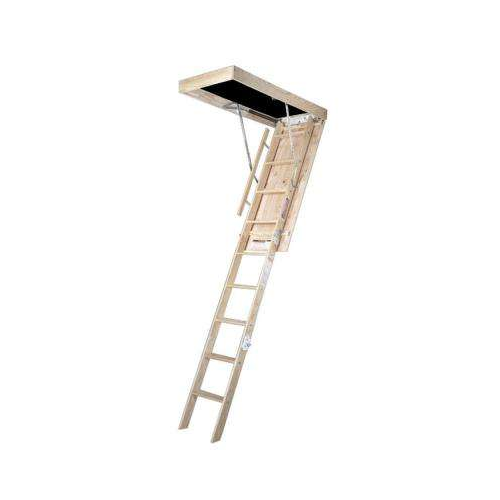CFD (Contracts for Difference) trading is a popular method of trading that allows traders to speculate on the price movements of assets, such as stocks, currencies, commodities, and indices. CFDs offer traders several advantages over traditional trading methods, such as the ability to trade on margin, access to a wide range of markets, and the ability to profit from both rising and falling markets. However, Cfd trading can be risky and requires a solid understanding of the markets, risk management, and effective trading strategies. In this blog post, we will explore some of the key strategies for mastering Cfd trading, with the aim of helping you to become a successful CFD trader.
Develop a Trading Plan
The first step in mastering cfd trading is to develop a trading plan. This plan should outline your trading goals, the markets you will trade, your risk management strategy, and your entry and exit rules. Your trading plan should be based on a clear understanding of the markets and your own trading style. For example, if you prefer short-term trades, your plan should focus on scalping strategies, whereas if you prefer long-term trades, your plan should focus on trend-following strategies. A well-developed trading plan will help you to stay focused, avoid emotional trading, and make consistent profits.
Understand the Markets
To become a successful CFD trader, you need to have a solid understanding of the markets that you trade. This means keeping up-to-date with economic and political news, as well as technical analysis and market sentiment. When entering a trade, you should have a clear idea of the market conditions, including the trends, support and resistance levels, and the potential risks and rewards. While technical analysis can be useful in predicting market trends, it should be complemented by a fundamental analysis of the underlying market conditions.
Use Effective Risk Management
Effective risk management is key to success in Cfd trading. This means setting stop-loss and take-profit levels to limit your losses and lock in your profits, as well as using position sizing to manage your trades. Position sizing is the process of determining the size of your trades based on your account balance and the level of risk that you are comfortable with. Always use a risk-reward ratio of at least 1:2 to ensure that your potential profits are greater than your potential losses.
Learn from Your Mistakes
Becoming a successful CFD trader takes practice, patience, and persistence. You will make mistakes along the way, but it is important to learn from them and use them to improve your trading strategies. Keep a trading journal to record your trades, including your entry and exit points, your reasons for entering the trade, and the outcome. Analyze your trading journal regularly to identify patterns, assess your performance, and make changes to your trading plan if necessary.
Choose a Reliable Broker
Choosing a reliable CFD broker is also essential for success in Cfd trading. Look for a broker that is regulated, offers competitive spreads and fees, and provides a user-friendly trading platform. Compare broker features, such as the range of markets, trading tools, and customer support, to find a broker that fits your trading needs. Always open a demo account to test the broker’s trading platform and strategies before risking real money.
Conclusion:
In conclusion, mastering Cfd trading requires a combination of knowledge, experience, and effective trading strategies. Develop a trading plan based on your trading goals and style, understand the markets that you trade, use effective risk management, learn from your mistakes, and choose a reliable broker. By following these strategies, you can increase your chances of success in Cfd trading and become a confident and profitable trader. Good luck!



